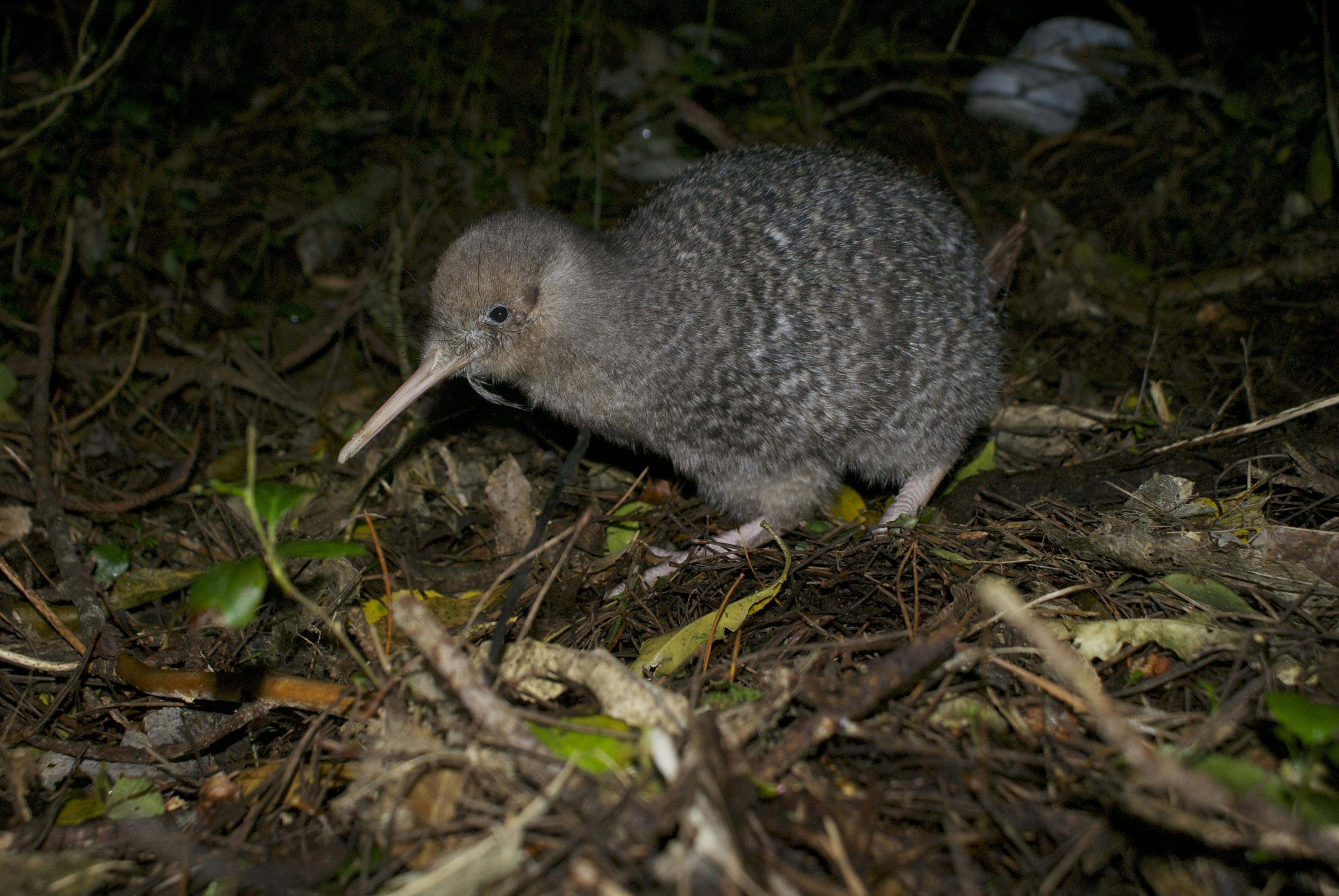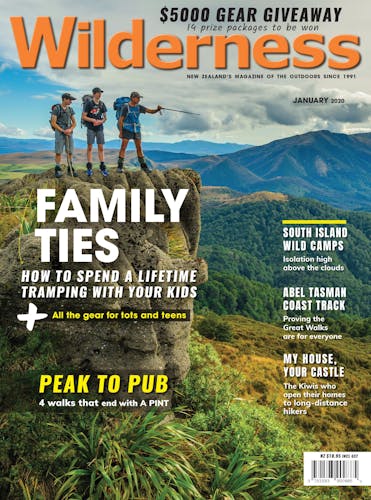Few New Zealanders have seen kiwi in the wild, but the experience should be on everyone’s bucket list.
Given that kiwi are our national bird, it’s no wonder many tourists expect them to be as common as kererū.
I’ve spoken with many visitors about our feathery icon, and all have been surprised to hear how few New Zealanders have seen the bird in the wild.
Some have claimed to have seen several on their trips already, but look mate, if it stole your lunch in broad daylight and laughed as it did so, it was a weka.
When you consider the kiwi’s behaviour, habitat and dwindling population, it’s hardly surprising they’re rarely seen, but with know-how and patience, you might get lucky.
How to look
While it’s possible to see kiwi year-round, the reclusive bird is busiest right when we are not – slap bang in the middle of winter. June and July is pre-breeding time for kiwi, who spend this time feeding and looking for mates.
“Kiwi are most active from 6-8pm when they first wake up,” says DOC biodiversity ranger Ayla Wiles. “They call to attract mates and solidify a pairing, as well as to define territory boundaries.”
Just as weka can be visually mistaken for kiwi, so too can their call. Male kiwi and weka both emit repetitive high pitched screeches but kiwi sound thinner, more shrill, and each screech increases in intensity.
The female call is more guttural, almost distorted, and will sometimes be heard interrupting the male call.
Because they’re nocturnal, kiwi have sensitive eyes, and only red light should be used in their vicinity.
If you don’t have red light on your headlamp, it’s an easy fix: “Tape red cellophane over your torch,” Wiles says.
Kiwi habitat varies greatly, from dense bush to pines, to farmland and even beaches.
“Good habitat would have damp soil, lots of bugs and few predators,” Wiles says.
Give kiwi a hand
Summer droughts dry the soil and make it difficult for kiwi to probe for food with their beaks.
Those who live near to or frequent kiwi habitat can help by leaving water dishes out, or by dampening patches of earth.
Leaving meat out is not advised by DOC, as it is likely to attract predators such as cats, rats and stoats.
DOC advises people to let kiwi be if they’re spotted during the day, unless they are “extremely lethargic” and don’t walk away when approached.
“Every now and then one might be spotted during the day – this may be because it was disturbed from its sleep or is just late getting to bed,” Wiles says.
“However, sometimes it’s an indication that the bird is sick, and obvious wounds or general weakness are clues to look for.”
Dogs should be controlled at all times in kiwi habitat, Backyard Kiwi project manager Todd Hamilton says.
“The main thing people can do in the dry is be extra careful with their dogs because the kiwi are out for longer and will travel wider to find food,” he says.
Top tip
- Put on the red light: If your torch seems bright to you, it will feel brighter for kiwi. Use red light to minimise disturbance.
- Rise and shine: Kiwi are most active when they wake up (6-8pm).
- Look with your ears: Between their calls and ground foraging, you’re more likely to hear kiwi before you see them. If you hear approaching kiwi, stand still, listen, and keep your lights low.
- Keep your distance: If you’re lucky enough to see a kiwi, let it approach you, and if it passes you by, let it go without following.
Where to spot kiwi
Trounson Kauri Park, Northland
This short boardwalked track through ancient kauri forest in Northland is renowned for its kiwi sightings, as is Waipoua Forest further north. Stick to the track in dieback areas.
Tāwharanui Regional Park, Auckland
Tāwharanui is a peninsula sanctuary protected by a predator fence. Brown kiwi live here and are occasionally spotted near the DOC campground and on the ecology tracks.
Ohope Scenic Reserve, Whakatane
A strong population of North Island brown kiwi can be found at the Ohope Scenic Reserve, minutes from the Whakatane township.
Heaphy Track, Kahurangi National Park
Keep an eye out for great spotted kiwi on the Heaphy Track Great Walk, seen and heard frequently near the Heaphy, Saxon, and Gouland Downs huts.
Rakiura Track, Rakiura National Park
Rakiura has become renowned for kiwi sightings – even during the day. Keep an eye out around Port William Hut, where kiwi are spotted on the lawn.
Milford Track, Fiordland National Park
Fiordland tokoeka are frequently heard on the Milford Track, and occasionally spotted on the track at dawn.








